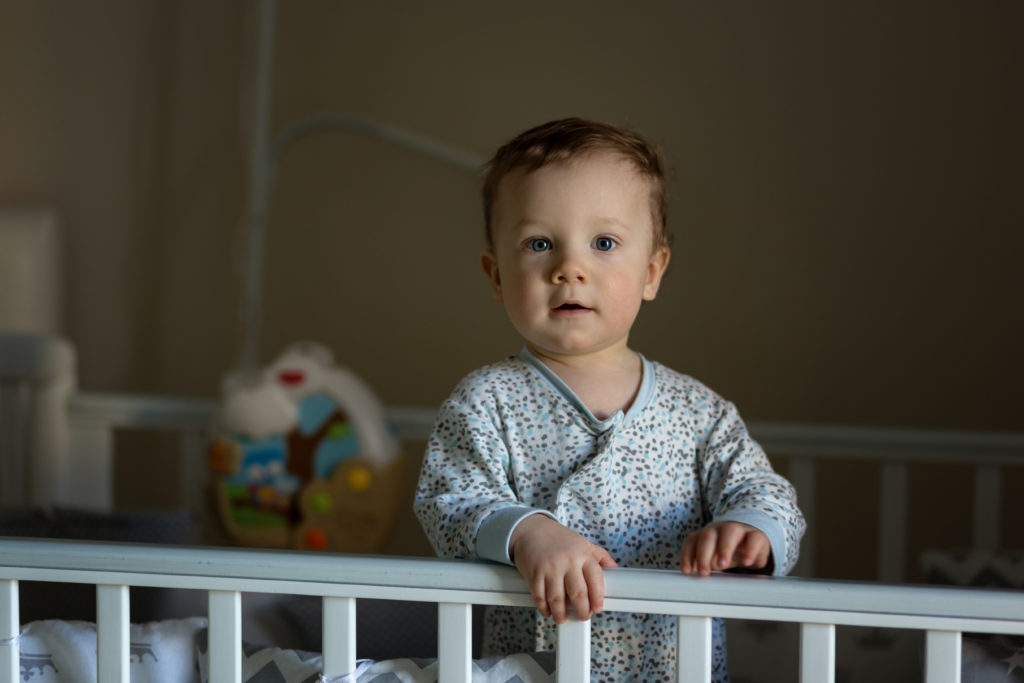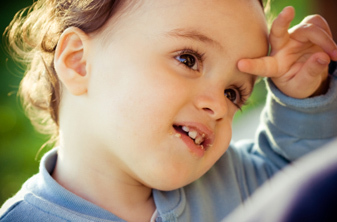
Are you thinking about transitioning your child from their cot to a big bed? It’s a significant milestone that comes with both excitement and apprehension. But, don’t worry, we’ve got you covered.
In this blog, we’ll discuss everything you need to know about transitioning your child from their familiar cot to a new bed. We’ll explore the challenges, joys, and strategies to make this journey as smooth as possible, from understanding when it’s the right time to make the switch to creating a comforting sleep environment.
Keep reading to find out how to make the transition as smooth as possible and ensure your child’s journey to dreamland is filled with comfort, security, and the warmth of your love.
When is the best time to start
- Choose a time for the transition when your child is relatively stable in their sleep routine and not going through any major changes or disruptions in their life. Avoid periods of stress or upheaval, such as moving house or starting a new nursery.
- Introduce the new bed gradually and start by placing the new bed in their room alongside their cot for a few days before making the switch. This your child to become familiar with the new bed and feel comfortable with the change.
- Use familiar bedding and sleep associations in the new bed to help your child feel secure. You could put their favourite blanket, stuffed animals, and any other comfort items from their cot to their new bed. The familiar smells and textures will help ease the transition.
- If you have an older sibling who can help, ask them to snuggle down in the bed to show how much they would like to sleep there.
We have another baby on the way
- It’s important to prepare your child for the change well in advance of having your next baby.
- Take down the cot a few weeks before the baby is due and replace it with a bed in the same position.
- Involve your child in decisions about the new bed and focus on a theme that reflects their favourite colour or character.
- Create a sense of occasion by putting special pictures on the wall by their bed.
- Use books and magazines to show them pictures of big children in nice beds and small babies in cots.
Keeping your child safe in their new bed
- When your child first moves into a bed, it’s normal for them to fall out.
- To keep them safe, choose a bed that is low to the ground and has a safety guard.
- Childproof the bedroom with safety catches on windows and doors and secure furniture to the walls.
- Clear toys and objects away at bedtime, especially things that could be used for climbing.
- Consider putting up a stair gate across the bedroom door the day you introduce the bed to stop night-time wandering.
Routine is key when it comes to sleep
- Aim to carry out the same series of steps every night, about 30 minutes before your child goes to bed.
- Have a warm, relaxing bath lasting no longer than 10 minutes, and then go straight from the bathroom into the bedroom.
- Dim the lights in the bedroom to help with the production of the sleep hormone melatonin.
- Read one or two stories, have a cuddle and kiss goodnight, and tuck them in with their favourite soft toy so they are warm and cosy.
- Then leave the bedroom with them drowsy, so they learn to fall asleep independently.
- Your child should be asleep about 15 minutes later.
If you would like to speak to one of our sleep consultants about how you can guide your baby or child towards better sleep, please reach out today. We can chat with you about how we can help offer practical and gentle sleep strategies.
Written by Mandy Gurney RGN.RM.Dip HV.
Founder Millpond Children’s Sleep Clinic




